
views
Starting the Lease

Format your document. Open a word processing document and set the font to a readable size and style. Play around to find something that most people could read comfortably. Times New Roman 12 point works for many people. Because you will probably use the lease agreement form more than once, set it up as a template. Insert blank lines for information that will change from lease to lease, such as the lessee’s name or the amount of the lease payment.
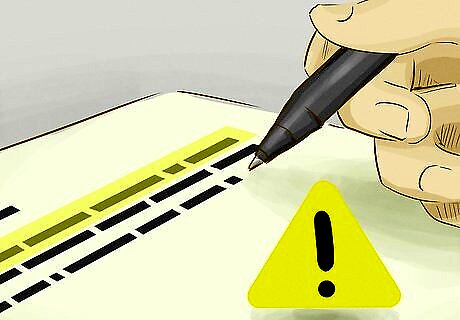
Insert a title. At the top of the page type “Equipment Lease” and center it between the left- and right-hand margins. You can make the title larger than the rest of the text or put it in bold so that it stands out from the rest of the document.

Identify the parties and the date. In the first paragraph, you want to identify yourself as the “lessor” and the person leasing from you as the “lessee.” Also include the date of the agreement. Sample language could read: “This Lease Agreement (‘Agreement’), entered on [insert blank line for the date], between [insert your name] (‘Lessor’) and [insert blank line for the lessee’s name] (‘Lessee’), referred to collectively as the ‘Parties.’”

Include your recitals. Your recitals summarize why you have entered into the agreement. These are typically your “whereas” clauses and can be sentence fragments. A basic recital could read: “Whereas Lessor desires to lease personal property to Lessee, and Lessee desires to lease personal property from Lessor. Now, in consideration of their mutual promises, the Parties agree to the following.”
Defining the Lease

Grant a lease. Start out by giving the lessee an explicit grant of a lease. Also describe the equipment being leased in sufficient detail so you can identify it. For example, if you are leasing a vehicle, include the year, make, ID or serial number, license plate number, and odometer reading. You want to be able to identify the equipment leased by reading the lease agreement. Sample language could read: “Lessor leases to Lessee the following equipment: [describe equipment] (‘Equipment’).”
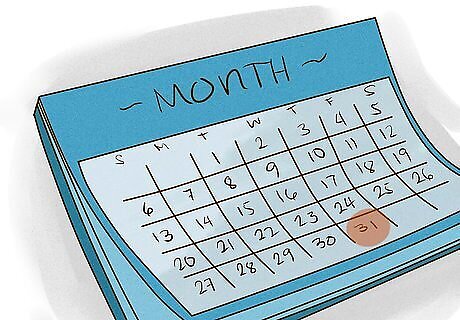
Identify the duration of the lease. You should provide a start date and an end date. You can also state whether or not the lease will renew automatically.

Explain the amount for lease payments. If the lessee has to make payment monthly, then you should also state when the lease amount is due. Also state where the payments should be sent. Sample language could read: “Lessee agrees to pay to Lessor as rent the amount of [insert blank line for the amount] (‘Rent’) each month in advance on the first day of the month. Rent payments should be delivered to [insert your address].”

Require a security deposit. You might want the lessee to deposit a certain amount of money before taking possession of the equipment. This is called a “security deposit.” The security deposit could be used to repair the equipment if it is returned damaged. You can request a security deposit, although you don’t have to. A sample provision could read: “A deposit of [insert blank line for deposit amount] is required before Lessee takes possession. Lessor will refund the deposit following Lessee’s fulfillment of all obligations.”
Limiting the Use of Your Equipment

Put limits on the use of your equipment. You want the lessee to agree to use the equipment safely and to comply with all laws and rules. By including this promise, you can limit the damage to your equipment. You could write, “Lessee shall use the Equipment carefully and safely. Lessee promises to comply with all ordinances, rules, laws, and statutes regarding the use of the Equipment, as well as its storage.”
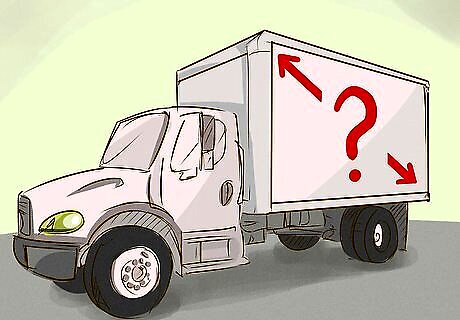
Require the lessee to repair the equipment. If someone leases the equipment for a long time, then you will want them to know that they have to fix any problems if the equipment breaks. You should include a provision where the lessee agrees to maintain the equipment. For example, you could write: “At Lessee’s sole expense, Lessee agrees to maintain the Equipment so that it is in good working order and to make repairs during the Lease Term.”

Include a provision requiring the lessee to surrender the equipment. Make sure to state that the lessee should return the equipment in good repair and it good working order. Also make sure to give yourself the authority to state where the equipment should be returned. A surrender provision could state: “Lessee agrees to return the Equipment to Lesser in good condition, repair, and working order, by the Agreement’s expiration date or an earlier termination. Lessee shall deliver the Equipment at its own expense and cost to a location specified by Lessor.”

Clarify that you are the owner. You don’t want there to be any confusion that you remain the owner of the equipment even though it is being leased. You can include a provision reminding the lessee that you remain the owner: “The Equipment is and shall remain the exclusive property of Lessor.”
Protecting Your Equipment
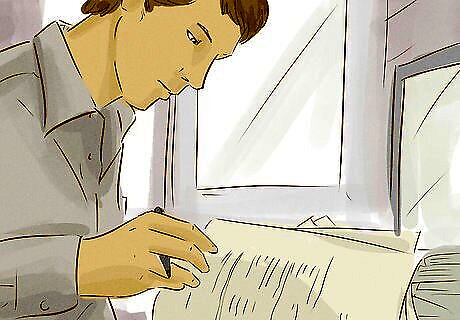
Disclaim all warranties. A warranty is a promise you make about the equipment at the time of forming the agreement. For example, you might warrant that the equipment is fit for the particular use you have advertised it for. In other words, a lawn mower you lease is fit to actually cut the grass. You can limit your exposure to a lawsuit by denying all warranties. For example, you could write, “Lessor disclaims all warranties, express or implied, including but not limited to implied warranties of merchantability and fitness for a particular purpose.”

Assign risk of loss to the lessee. The equipment might be destroyed or otherwise damaged when in the possession of the lessee. You should assign the risk of loss to the lessee. By doing so, you protect yourself from the lessee suing you for compensation. A sample risk of loss provision could read: “Lessee assumes and shall bear the entire risk of loss and damage to the Equipment from all causes. No loss or damage to the Equipment shall impair any obligation of Lessee under this Lease.”

Require insurance. You can also protect yourself by requiring the lessee to get insurance for the equipment. For example, a driver should have automobile insurance to cover a leased car. Include a provision requiring insurance. For example, you could write: “Lessee shall be responsible for maintaining insurance on the Equipment with losses payable to Lessor against theft, collision, fire, and other such risks that are appropriate. Upon request, Lessee will send to Lessor proof of an insurance policy covering the Equipment.”

Add an indemnification provision. The lessee might be sued. For example, the lessee might lease a vehicle from you and get in a crash. The lessee can be sued, but you might be sued also since you own the vehicle. With an indemnification provision, the lessee agrees to defend you from any legal claims made against you. A sample provision could read: “Lessee shall indemnify Lessor against, and hold Lessor harmless, from any and all suits, claims, actions, proceedings, expenses, costs, liabilities and damages, including reasonable costs and attorney’s fees, that arise out of Lessee’s use of Equipment.”
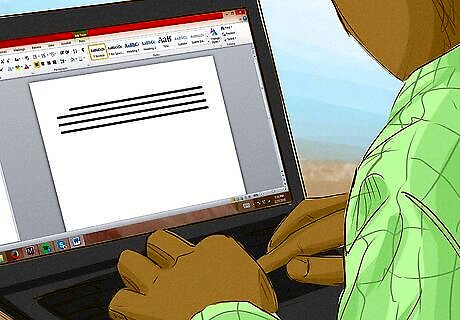
Define “default.” You can end the lease agreement early if the lessee defaults. You should define default in your agreement. For example, failure to pay the monthly fee would certainly qualify as default. You should also state what actions you can take if the lessee defaults. For example, you could write: “Lessee defaults when Lessee fails to make a rent payment within fifteen (15) days after the payment is due, or if Lessee fails to fulfill any other obligation of this Agreement. Upon default, Lessor has the right to any of the following remedies: (1) to demand the entire rent amount due immediately; (2) to sue for all rents and any other payments; (3) to terminate the Agreement; (4) to, without notice, repossess the Equipment, and Lessee waives all damages occasioned by Lessor taking possession; (5) to pursue any other legal remedy.”
Finalizing the Agreement

Include a notice provision. Either side might need to contact the other. You can include a notice provision in your agreement. In this provision, you should state how you want to be contacted and give an address where notice can be sent.

Prevent assignments of the lease. An assignment occurs when the lessee makes an agreement with a third party and transfers the lease to that person. For example, the lessee might sell the lease to a third party. You can prevent the lessee from making any assignment. For example, you should write, “Lessee agrees not to assign this Agreement or its interest in the Equipment without Lessor’s prior written consent.”

State the governing law. If you end up in a lawsuit, then the judge will need to interpret the agreement. You can state what law will govern the lease agreement. Typically, you will choose the state where you are located. A sample governing law provision could read: “This Lease shall be enforced and construed according to the laws of the State of Michigan.”
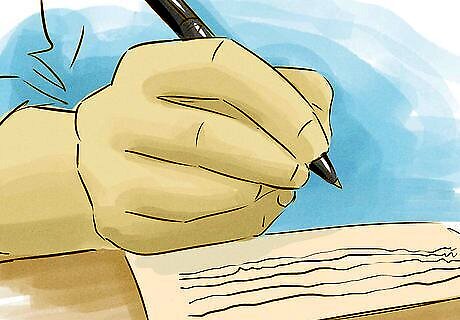
Add a severability clause. If you go to court, then the judge might invalidate a provision of the lease agreement. As a result, the judge could then find the entire agreement invalid. You can prevent this from happening by including a severability clause. A typical severability clause reads: “If any part of this Agreement is held unenforceable, then the remainder of this Agreement shall continue in full force and effect.”

State that the lease contains the entire agreement. You can prevent the lessee from claiming to have a prior or side agreement that trumps your written lease agreement. Include a provision stating that the written lease contains your entire agreement. You can write, “This Agreement contains the entire agreement between the Parties. All prior agreements are merged in, and superseded by, this Agreement. There are no other conditions, understandings, promises, or agreements, whether oral or written, related to this subject matter. This Agreement may be modified only in a writing signed by both Parties.”
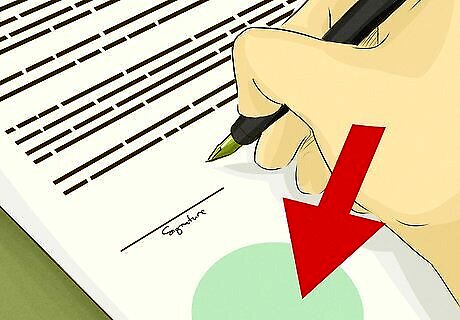
Insert signature blocks. Include lines for both your signature and the lessee’s signature. Just above the signature lines, include the following language: “The parties execute this Agreement as of the day and year written above.”
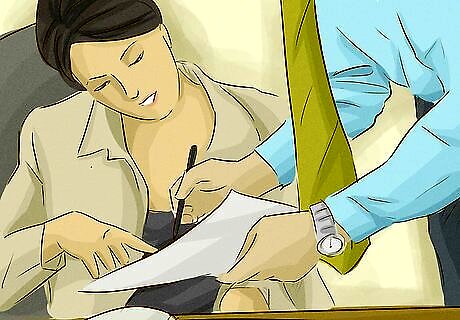
Show the lease to an attorney. This article describes a basic equipment lease agreement. Your needs might differ. After completing a draft, you should show it to a business lawyer. The lawyer can look over your draft and advise you if anything is missing or whether some provisions should be changed. You can find a lawyer by contacting your local or state bar association and asking for a referral. Once you have a referral, call the lawyer and ask to schedule a meeting. Ask how much the lawyer charges.




















Comments
0 comment